
Can You Master ITIL® 4 Foundation in Just 2 Weeks with ScholarAcad?
- Thu 23, Oct 2025
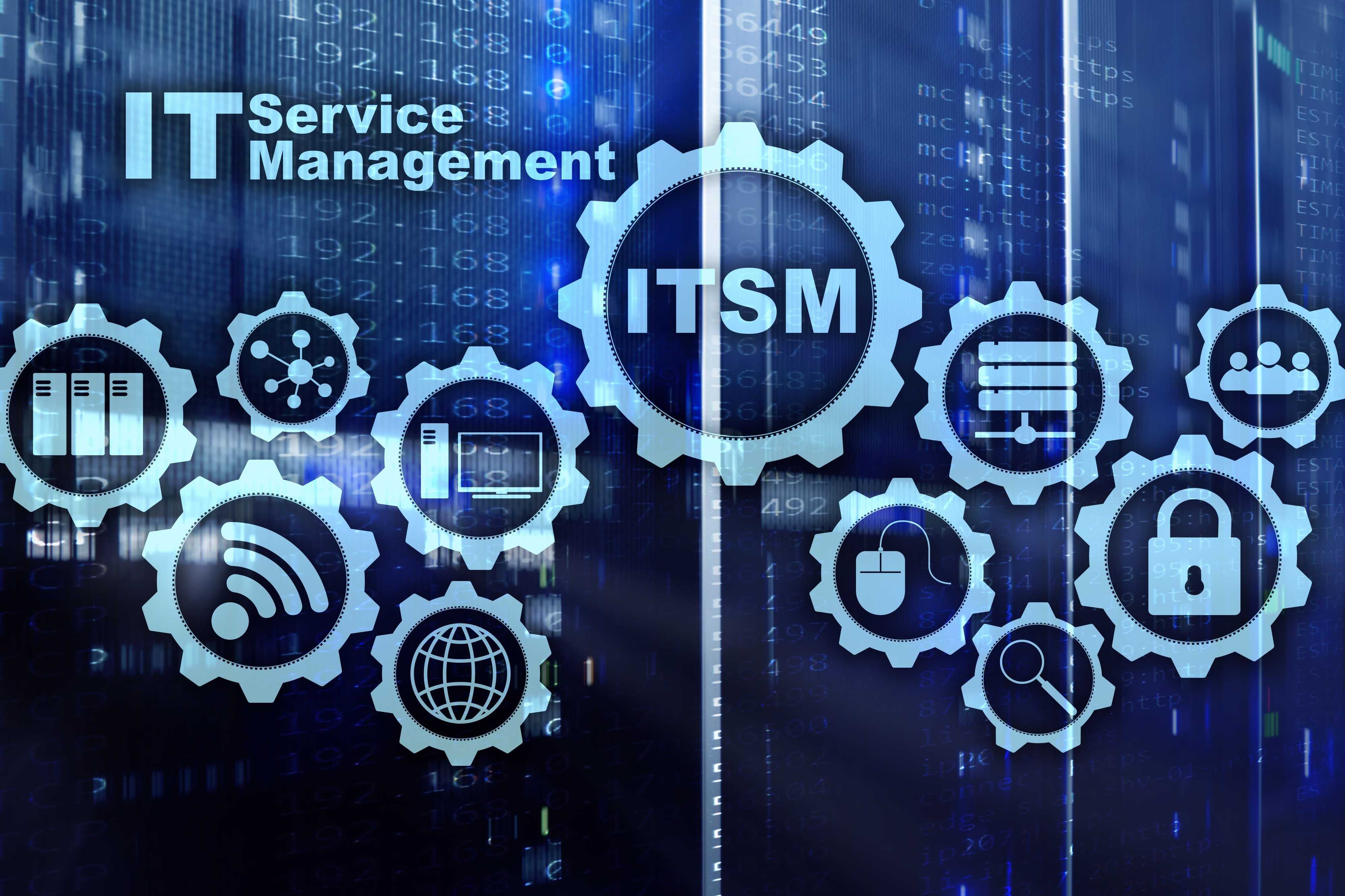
In the rapidly evolving IT service industry, staying ahead of the curve is crucial for success. This is where ITIL v4 comes into play, offering a comprehensive framework for effective IT service management (ITSM). Understanding the significance of ITIL v4 and obtaining its certification can greatly benefit professionals in this field.
ITIL v4, the latest version of the Information Technology Infrastructure Library (ITIL), provides organizations with a set of best practices to align their IT services with business goals. It encompasses a holistic approach to managing and delivering high-quality services that meet customer expectations.
By implementing the ITIL v4 framework, organizations can improve their service delivery processes, enhance customer satisfaction, and optimize resource utilization. The framework covers various aspects such as service strategy, design, transition, operation, and continual improvement - ensuring a systematic approach to managing IT services throughout their lifecycle.
Obtaining an ITIL v4 certification demonstrates an individual's proficiency in implementing and utilizing this globally recognized framework. It showcases their ability to align business objectives with ITSM strategies and effectively manage service operations. This certification not only enhances one's professional credibility but also opens up new career opportunities in the ever-expanding field of IT service management.
In conclusion, understanding the significance of ITIL v4 in the IT service industry is essential for professionals looking to excel in their roles. By embracing this robust framework and obtaining its certification, individuals can drive organizational success by delivering efficient and customer-centric IT services.
ITIL v4, IT service management, ITSM framework, ITIL certification
Understanding the key concepts and principles of ITIL v4 is essential for organizations looking to improve their service management practices. ITIL v4 introduces a service value system (SVS) that encompasses all aspects of delivering value to customers through services. The SVS consists of various components, including the four dimensions of service management: organizations and people, information and technology, partners and suppliers, and value streams and processes. These dimensions provide a holistic view of how services are designed, developed, and delivered. In addition to the four dimensions, ITIL v4 also introduces guiding principles that serve as best practices for decision-making and action. These principles include focusing on value, starting where you are, progressing iteratively with feedback, collaborating and promoting visibility, thinking holistically, keeping it simple and practical, optimizing and automating, and continually learning. By understanding these key concepts and principles in ITIL v4, organizations can align their service management practices with industry standards while continuously improving their ability to deliver valuable services to their customers. and stakeholders. The service value system (SVS) in ITIL v4 provides a comprehensive framework for organizations to establish and maintain effective service management practices. One of the key components of the SVS is the four dimensions of service management. Organizations and people dimension focuses on organizational structure, culture, and capabilities. Information and technology dimension emphasizes the importance of data, information, and technology in delivering services. Partners and suppliers dimension highlights collaboration with external entities to enhance service delivery. Lastly, value streams and processes dimension focuses on the end-to-end flow of activities that create value for customers.
ITIL v4 also introduces guiding principles that aid decision-making and action-taking within an organization's service management practices. By focusing on value, organizations can ensure that their services are aligned with customer needs and expectations. Starting where you are encourages organizations to assess their current capabilities before implementing improvements. Progressing iteratively with feedback promotes continuous improvement by incorporating feedback from customers, stakeholders, and employees throughout the process. Collaborating and promoting visibility emphasizes teamwork across different functions to ensure efficient delivery of services. Thinking holistically encourages organizations to consider all aspects when designing or improving services to achieve optimal results. Keeping it simple advocates simplicity in processes to minimize complexity while maintaining practicality. Optimizing and automating urges organizations to continuously improve efficiency through optimization techniques as well as leveraging automation tools where appropriate. Finally, continually learning promotes a culture of ongoing learning within an organization by actively seeking knowledge from internal sources as well as industry trends. By understanding these key concepts and principles in ITIL v4, organizations can enhance their service management practices significantly. They will be better equipped to align their services with industry standards while continuously improving their ability to deliver valuable services that meet customer expectations efficiently.
ITIL v4 principles, service value system (SVS), four dimensions of service management, guiding principles in ITIL v4
Implementing ITIL v4 in your organization's service management practices can bring about a multitude of benefits. One of the key advantages is the improvement in service quality and customer satisfaction. By aligning your processes with ITIL v4, you can ensure that your services are delivered consistently and meet the needs of your customers. Furthermore, implementing ITIL v4 enables cost optimization through efficient processes. The framework provides guidelines for streamlining workflows, eliminating redundancies, and identifying areas for improvement. This not only helps in reducing operational costs but also enhances overall efficiency. Another significant benefit is the enhanced collaboration between teams. ITIL v4 encourages cross-functional collaboration and communication, breaking down silos within the organization. This promotes a culture of teamwork and knowledge sharing, leading to better problem-solving and faster resolution of issues. By adopting ITIL v4, organizations can also benefit from its comprehensive set of best practices and standardized terminology. This facilitates smoother integration with external partners or vendors who may also be following ITIL guidelines. In summary, implementing ITIL v4 brings numerous advantages such as improved service quality, cost optimization, enhanced collaboration between teams, and standardized practices. These benefits contribute to the overall success of an organization's service management practices and ultimately lead to increased customer satisfaction. and improved business outcomes. By adopting ITIL v4, you can establish a solid foundation for delivering high-quality services that meet the ever-changing needs of your customers. This framework provides a structured approach to service management, ensuring consistency and reliability in service delivery. Customers today expect seamless and efficient experiences when interacting with organizations. With ITIL v4, you can align your processes with industry best practices and deliver services that are both effective and efficient. This alignment not only improves service quality but also enhances customer satisfaction by meeting their expectations consistently. Cost optimization is another significant benefit of implementing ITIL v4. By following the framework's guidelines, you can identify areas of inefficiency or redundancy in your processes and eliminate them. This leads to cost savings through streamlined workflows and reduced operational expenses. Additionally, ITIL v4 promotes collaboration between teams by breaking down barriers and fostering cross-functional communication. This collaborative culture allows for better problem-solving capabilities as teams work together to address issues promptly and effectively. Moreover, the comprehensive set of best practices provided by ITIL v4 ensures standardized terminology across the organization. This facilitates smoother integration with external partners or vendors who may also be following ITIL guidelines, improving overall communication and collaboration in service delivery. In conclusion, implementing ITIL v4 brings a wide range of benefits to organizations' service management practices – from improved service quality to cost optimization, enhanced teamwork to standardized practices. By embracing this framework, you position your organization for success in meeting customer expectations while driving efficiency within your operations.
The ITIL v4 framework is a comprehensive approach to service management that helps organizations deliver high-quality services to their customers. At the core of ITIL v4 are seven guiding principles that drive successful service delivery. These principles provide a solid foundation for organizations to align their processes, people, and technology in order to achieve business objectives.
The first guiding principle in ITIL v4 is the focus on value creation. This principle emphasizes the importance of understanding and delivering value to customers. By aligning services with customer needs and expectations, organizations can ensure that they are providing meaningful outcomes and maximizing customer satisfaction.
The second principle is "start where you are." This principle encourages organizations to assess their current capabilities and resources before embarking on any improvement initiatives. By taking stock of existing processes, technologies, and skills, organizations can identify areas for improvement and develop a roadmap for implementing changes effectively.
Progressing iteratively with feedback is another key principle in ITIL v4. It promotes an agile approach to service management by encouraging continuous improvement through incremental changes. By regularly reviewing performance metrics and gathering feedback from stakeholders, organizations can make informed decisions about how best to optimize their services.
Collaboration and promoting visibility across teams is another important principle in ITIL v4. It recognizes the value of cross-functional collaboration in achieving service excellence. By breaking down silos and fostering open communication between different teams, organizations can enhance efficiency, minimize errors, and improve overall service quality.
These guiding principles serve as a compass for organizations seeking to implement effective service management practices based on the ITIL v4 framework. By embracing these principles, organizations can drive successful service delivery by focusing on value creation, starting from where they are, progressing iteratively with feedback, and fostering collaboration across teams for enhanced visibility and efficiency.
Guiding principles in ITILv4, focus on value creation, start where you are, progress iteratively with feedback, collaborate and promote visibility across teams
In the ever-evolving landscape of IT, it is crucial for organizations to stay up to date with the latest practices and processes. The introduction of new and revised practices in ITIL V4 has brought about significant changes in various areas, including change control practice, incident management process, problem management process, and service level management practice. Change control practice has been revamped to provide a more streamlined approach to managing changes within an organization's IT infrastructure. It emphasizes the importance of assessing the impact and risks associated with each change before implementation. This helps mitigate potential disruptions and ensures that changes are aligned with business objectives. The incident management process has also undergone enhancements to improve response times and minimize the impact of incidents on business operations. It emphasizes effective communication, swift resolution, and continuous improvement to ensure that incidents are handled efficiently. Similarly, the problem management process has been refined to address root causes rather than just symptoms. By conducting thorough investigations and implementing preventive measures, organizations can proactively identify recurring issues and prevent them from causing further disruptions. Service level management practice now places a stronger emphasis on aligning IT services with business needs. It involves defining clear service level agreements (SLAs), monitoring performance against these SLAs, and continuously improving service quality based on feedback from stakeholders. By adopting these new or revised practices in ITIL V4, organizations can enhance their overall IT service delivery capabilities. They can minimize downtime, improve customer satisfaction levels, optimize resource allocation, and ultimately drive greater value for their businesses. In today's fast-paced world of IT, staying on top of the latest practices and processes is crucial for organizations to thrive. The introduction of new and revised practices in ITIL V4 has brought about significant changes in areas such as change control practice, incident management process, problem management process, and service level management practice. The revamping of change control practice in ITIL V4 provides organizations with a more streamlined approach to managing changes within their IT infrastructure. This revamped approach emphasizes the importance of assessing the impact and risks associated with each change before implementation. By doing so, potential disruptions can be mitigated, ensuring that changes are aligned with business objectives. The enhancements made to the incident management process focus on improving response times and minimizing the impact incidents have on business operations. Effective communication, swift resolution, and continuous improvement are emphasized in order to handle incidents efficiently. Similarly, the problem management process has been refined to address root causes rather than just symptoms. Thorough investigations are conducted to identify underlying issues and preventive measures are implemented to proactively prevent future disruptions from occurring. Service level management practice now places a stronger emphasis on aligning IT services with business needs. Clear service level agreements (SLAs) are defined, performance against these SLAs is monitored closely, and service quality is continuously improved based on feedback from stakeholders. By adopting these new or revised practices in ITIL V4, organizations can enhance their overall IT service delivery capabilities. They can minimize downtime by effectively managing changes and incidents while also improving customer satisfaction levels through proactive problem resolution. Furthermore, optimizing resource allocation based on clear SLAs ensures that resources are utilized efficiently with a focus on driving greater value for businesses. In conclusion, staying up-to-date with the latest practices in ITIL V4 is essential for organizations looking to thrive in today's competitive landscape. By embracing these new or revised practices related to change control practice, incident management process, problem management process, and service level management practice, organizations can enhance their IT service delivery capabilities and ultimately drive greater value for their businesses.
New/Revised practices inITLIV4 : change control practice , incident management process , problem management process , service level management practice
Are you looking to take your career in IT to new heights? Consider obtaining an accredited certification in ITILv4. This certification has become highly sought after in the industry, opening up a world of opportunities for professionals like yourself.
One of the key benefits of achieving an ITILv4 certification is the enhanced credibility it brings to your profile. Employers recognize this globally recognized certification as a mark of expertise and proficiency in IT service management. By showcasing your mastery of ITILv4 principles, processes, and practices, you can position yourself as a valuable asset to any organization.
Furthermore, an ITILv4 certification can significantly expand your career prospects. With this credential under your belt, you can explore various job roles such as IT service manager, service desk manager, or even a consultant specializing in IT service management. The demand for professionals with expertise in implementing and managing ITILv4 practices is growing rapidly across industries.
Additionally, certified professionals often enjoy higher earning potential compared to their non-certified counterparts. The specialized knowledge and skills gained through the certification process allow you to command competitive salaries and negotiate better compensation packages.
Investing in an accredited certification like ITILv4 demonstrates your commitment to professional development and continuous learning. It showcases your dedication to staying updated with industry best practices and positions you as a forward-thinking professional who is ready to adapt to evolving technology trends.
In summary, obtaining an accredited certification in ITILv4 offers numerous benefits that can propel your career forward. From increased credibility and expanded job opportunities to higher earning potential and professional growth, this certification equips you with the skills needed for success in today's competitive IT landscape. Don't miss out on the chance to take your career to new heights with an accreditation that sets you apart from the crowd.
benefits of ITILv4 certification, career opportunities for ITILv4 certified professionals
In conclusion, embracing ITILv4 is a crucial step towards transforming your organization's service management and achieving operational excellence. By adopting the latest version of ITIL, you can align your IT services with business objectives, improve customer satisfaction, and enhance overall efficiency.
ITILv4 provides a holistic approach to service management, focusing on end-to-end value delivery and continuous improvement. It emphasizes the importance of collaboration, agility, and innovation in today's rapidly evolving digital landscape.
Implementing ITILv4 enables organizations to streamline processes, optimize resource allocation, and mitigate risks effectively. It helps establish a culture of continuous learning and adaptation within the organization, fostering a proactive approach to service delivery.
Furthermore, ITILv4 equips organizations with the tools and frameworks needed to stay ahead in an increasingly competitive market. It empowers businesses to leverage emerging technologies such as artificial intelligence (AI), automation, cloud computing, and data analytics for enhanced service delivery.
By embracing ITILv4 principles and practices, your organization can achieve operational excellence by delivering high-quality services that meet customer expectations while driving business growth. So don't hesitate - take advantage of this transformative framework today and unlock the full potential of your organization's service management capabilities.



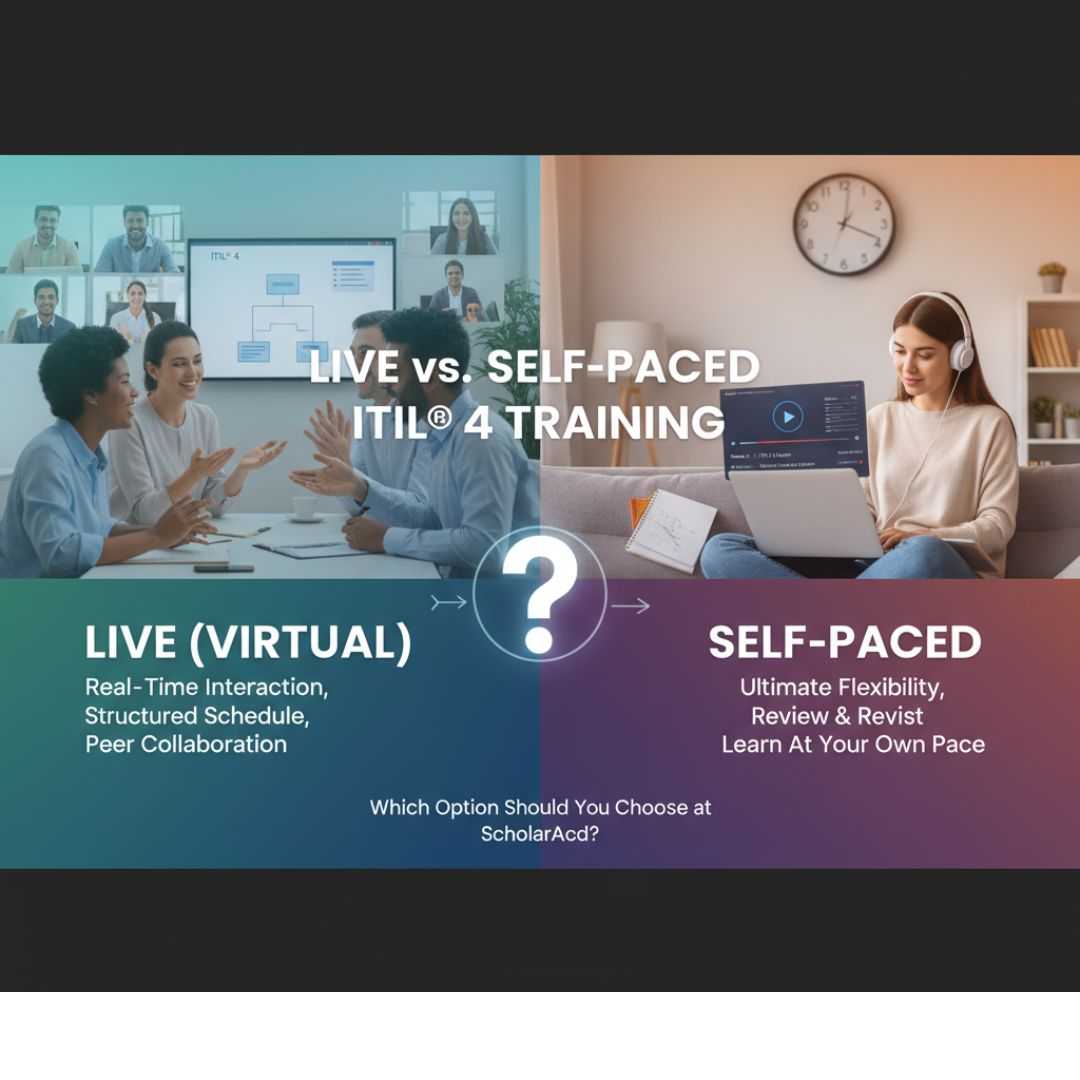




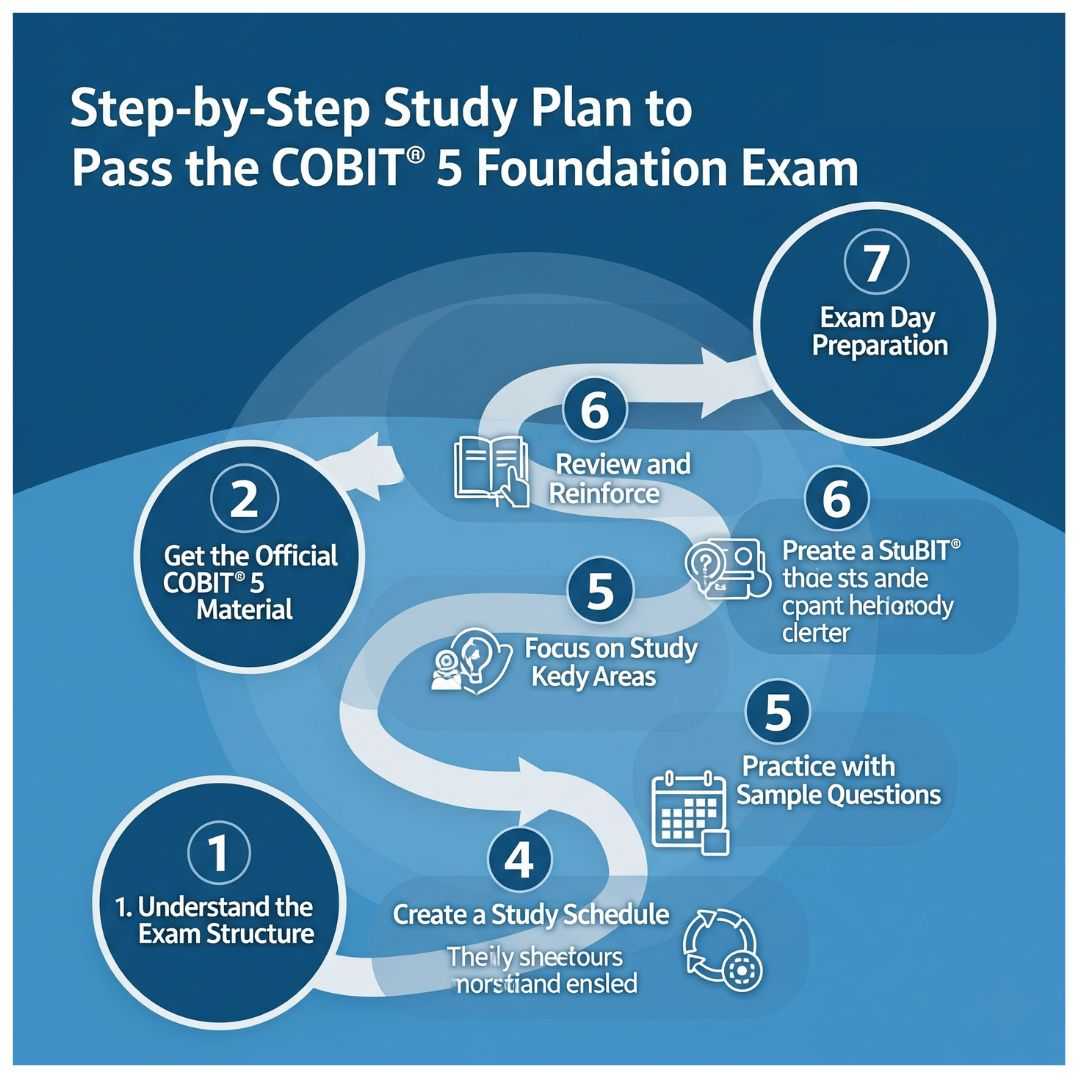

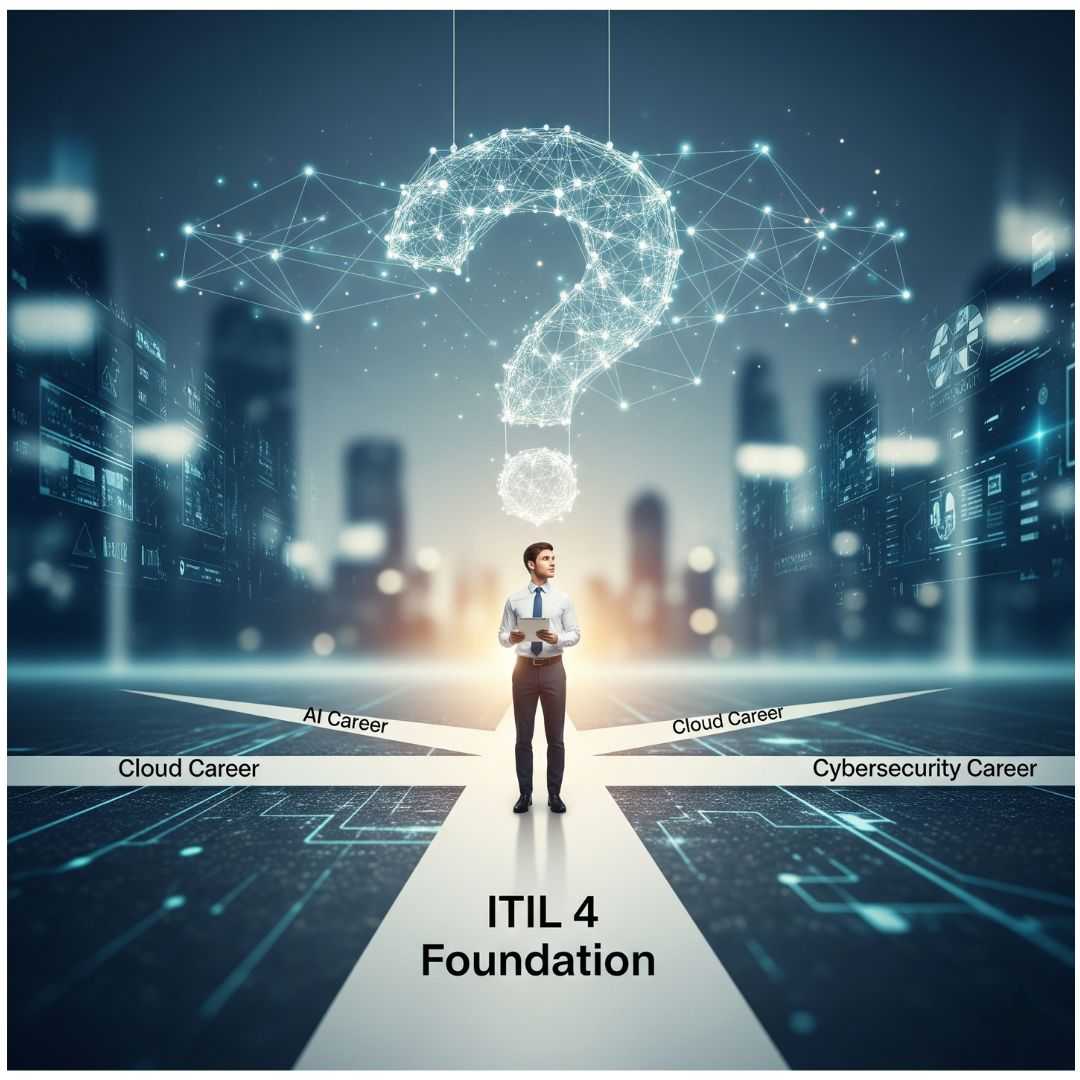

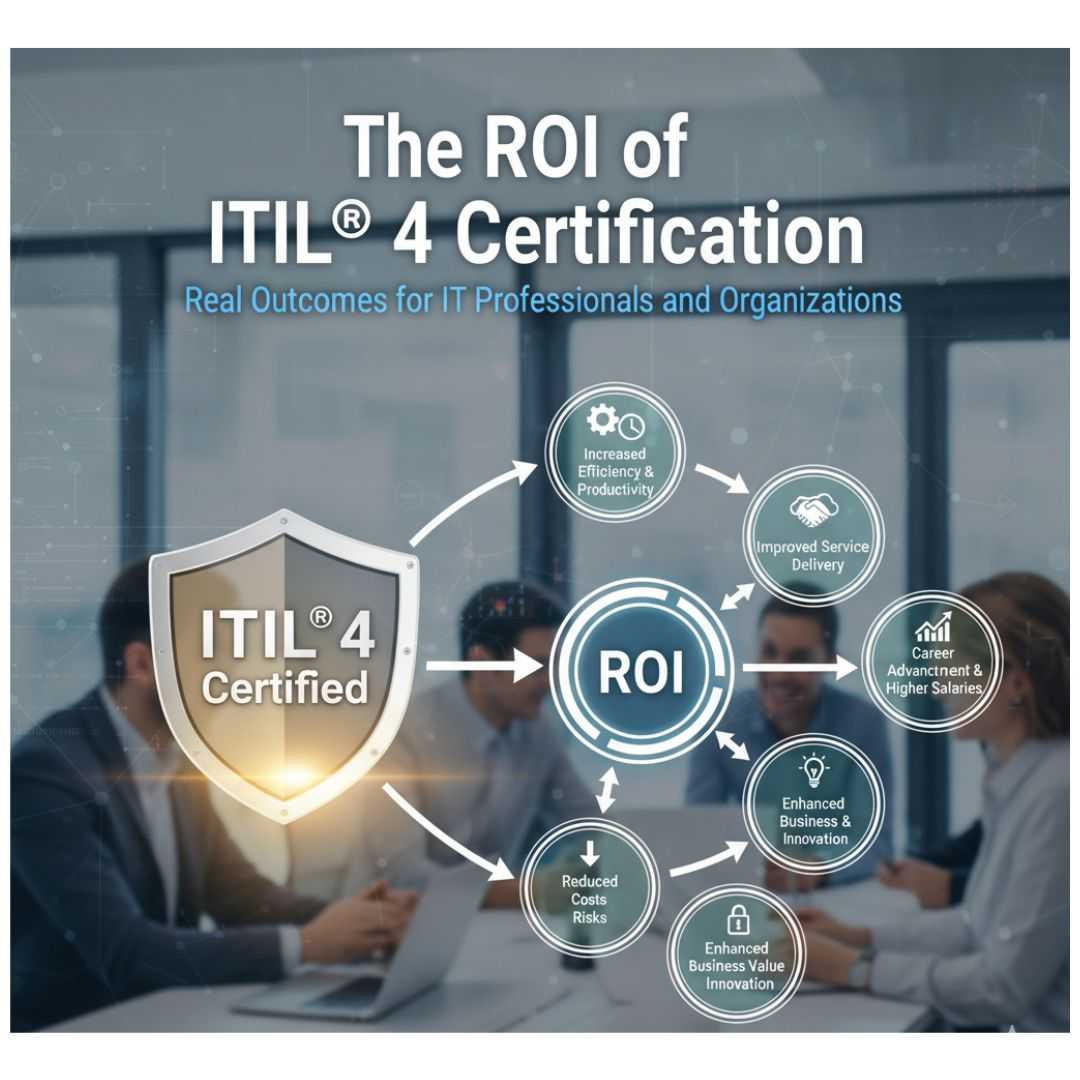





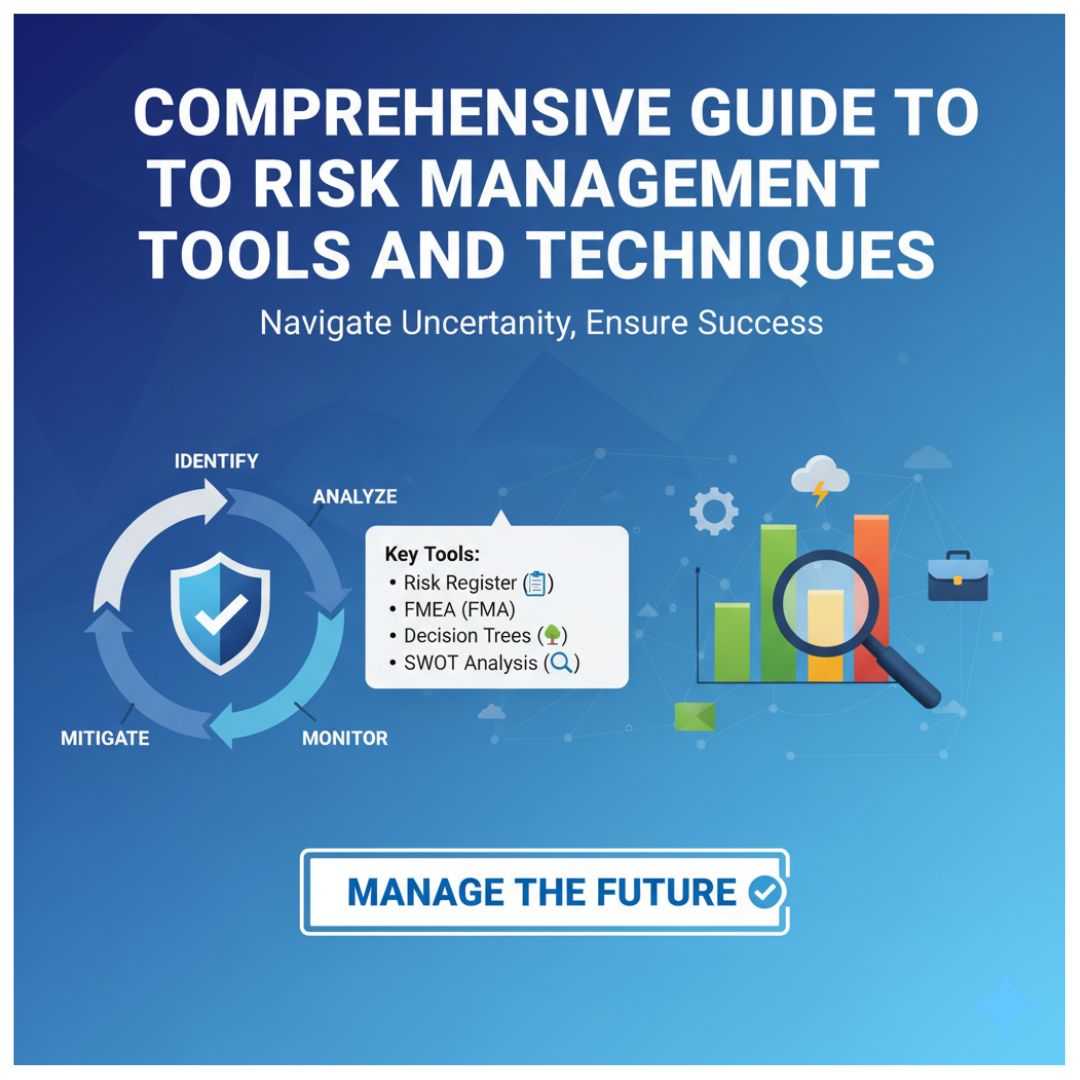









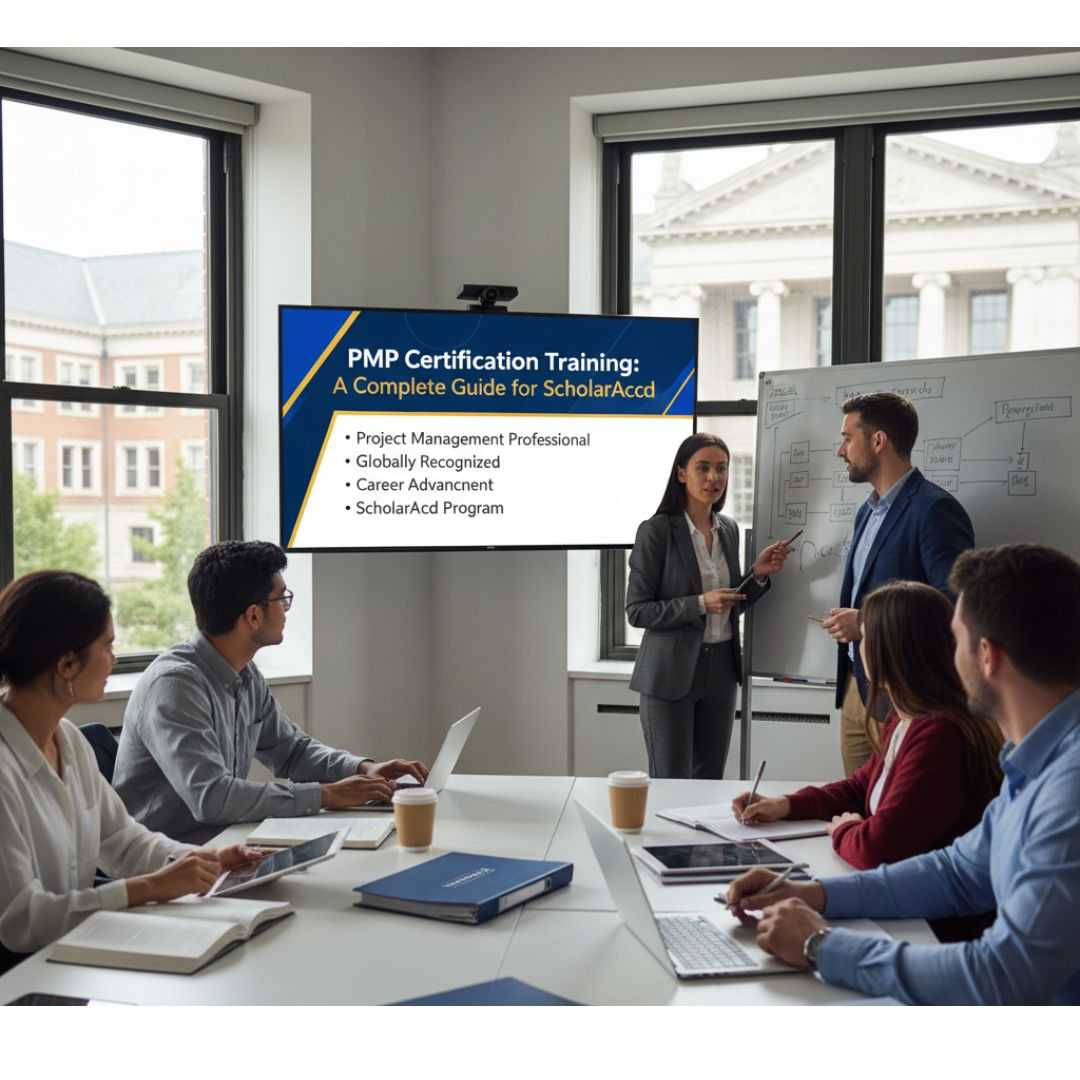
_1756885658_5bde5ece2b6f0dab9403.jpg)
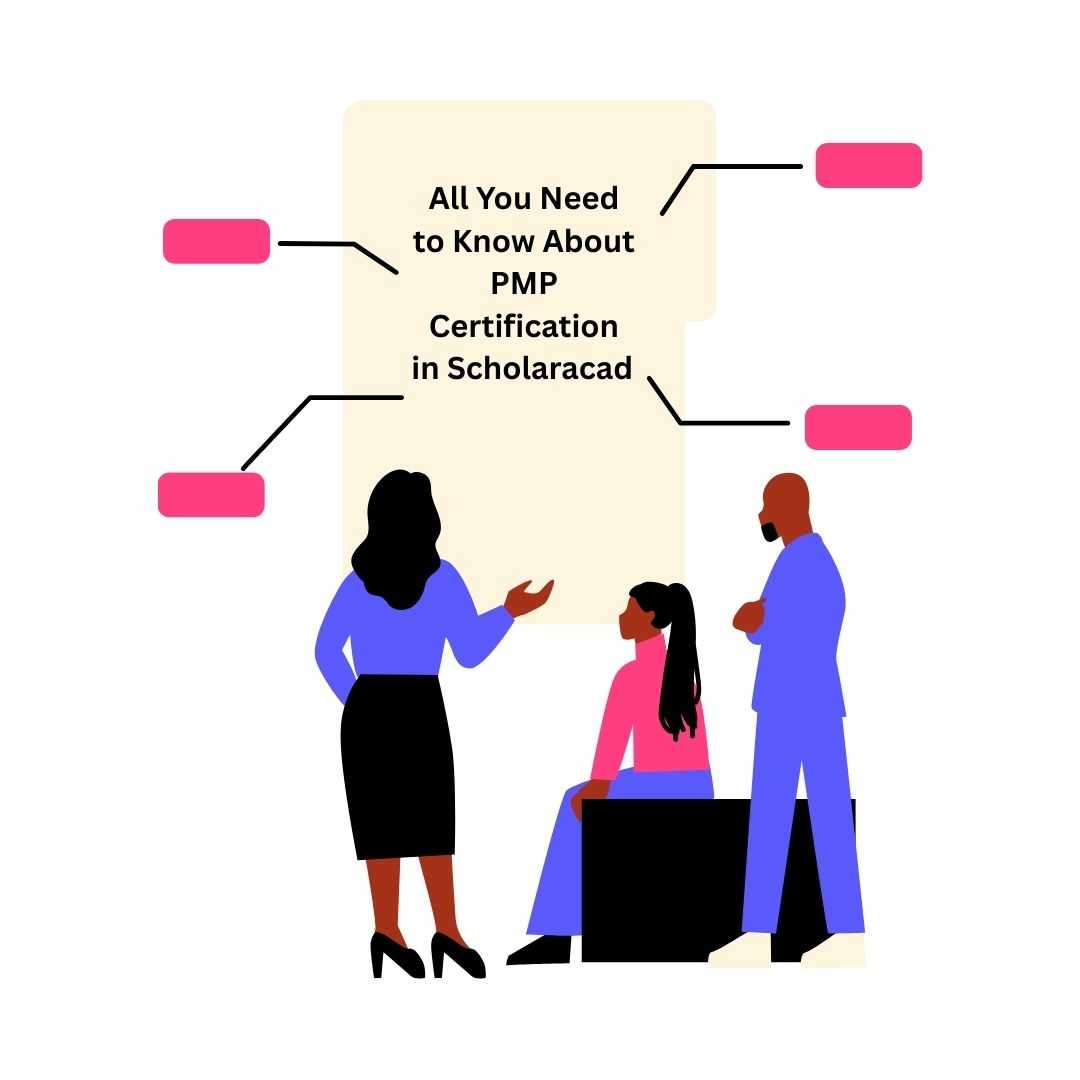





_1756789434_e9e0aac798c1162538f6.jpg)








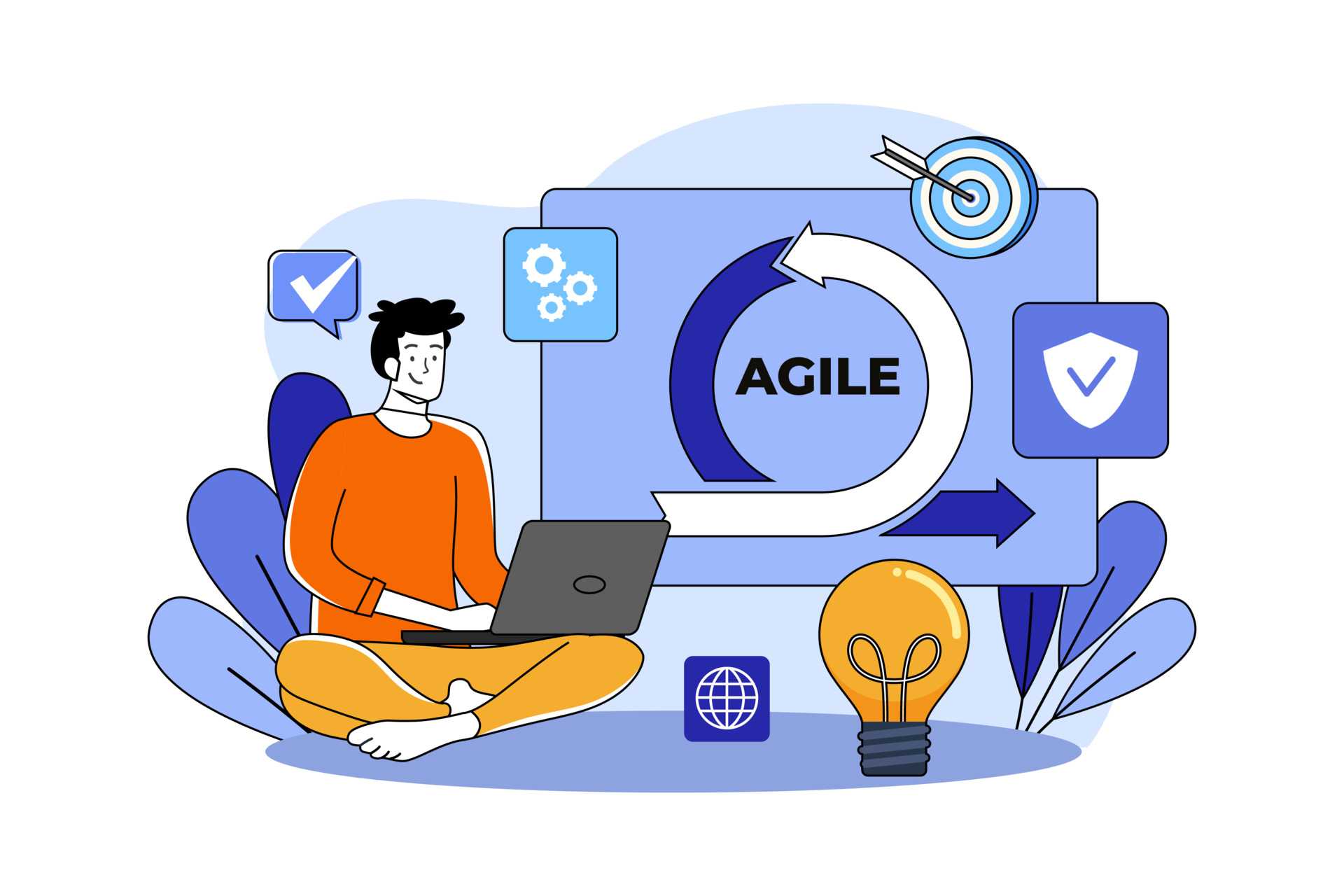








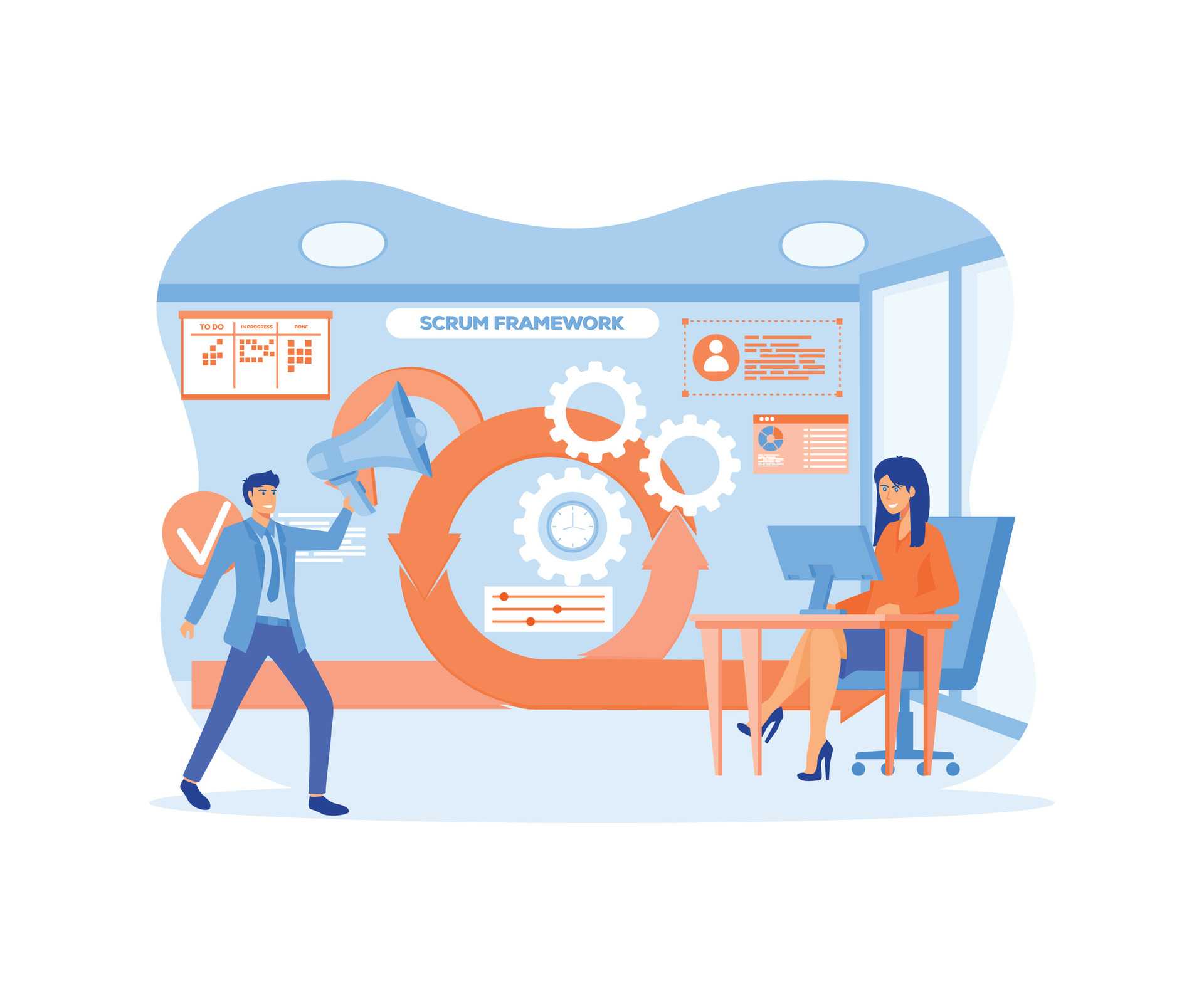





































_1718198115_3e80b2ee31b234c26728.png)
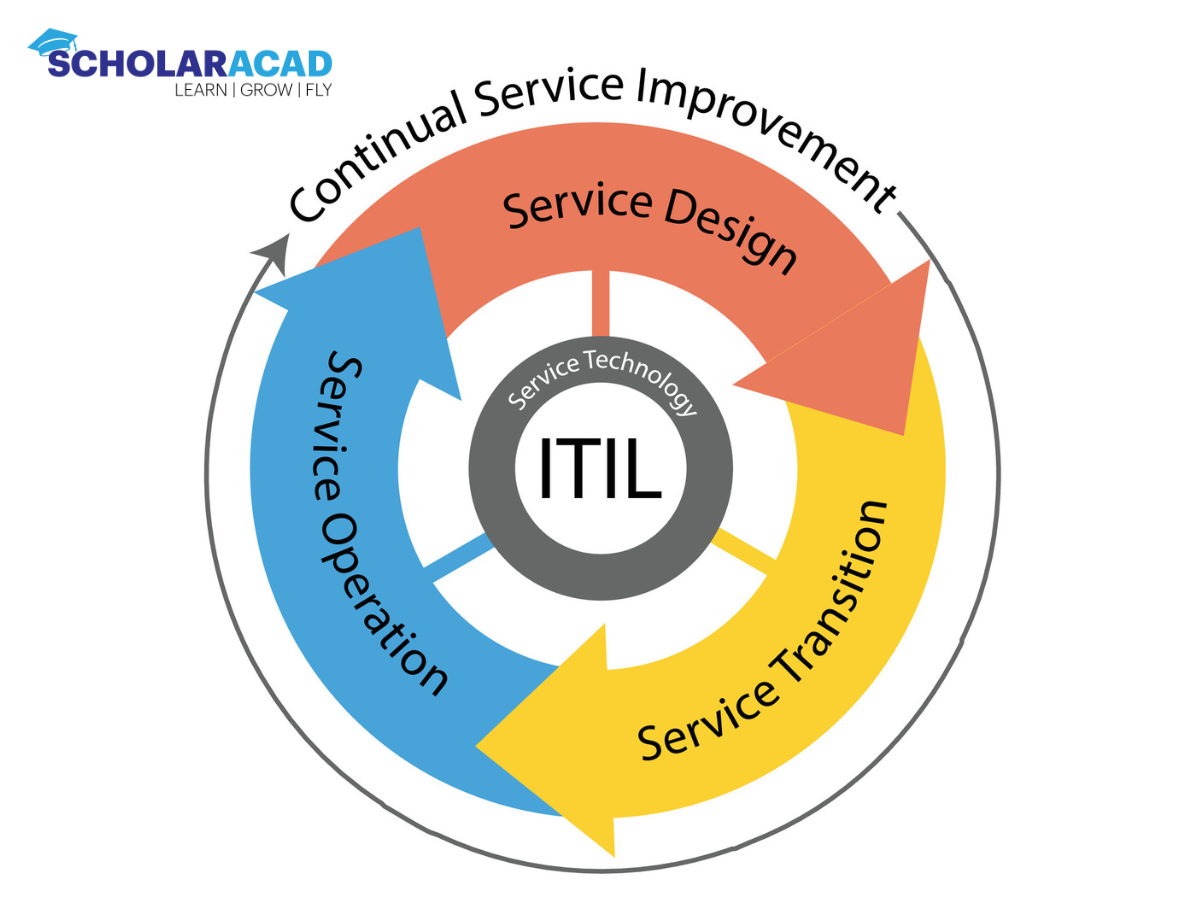



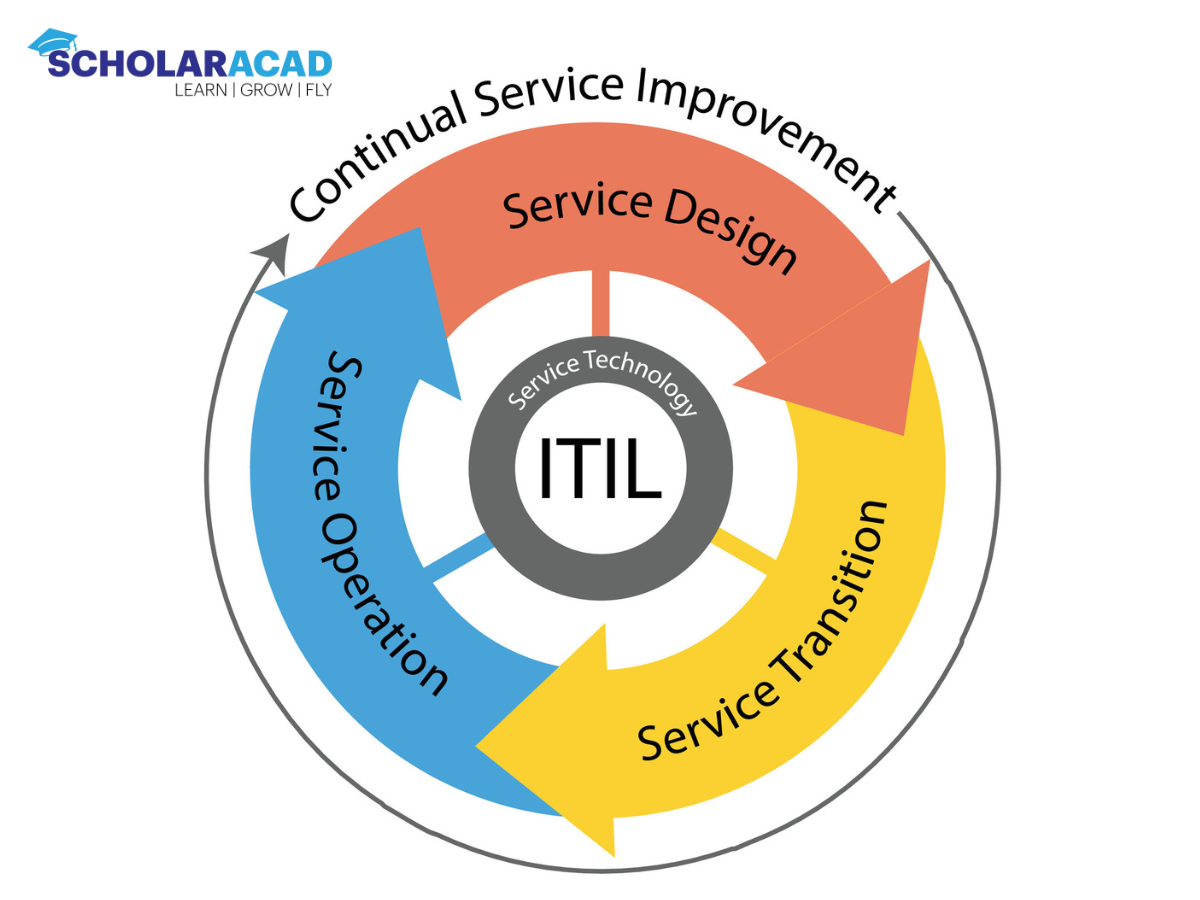




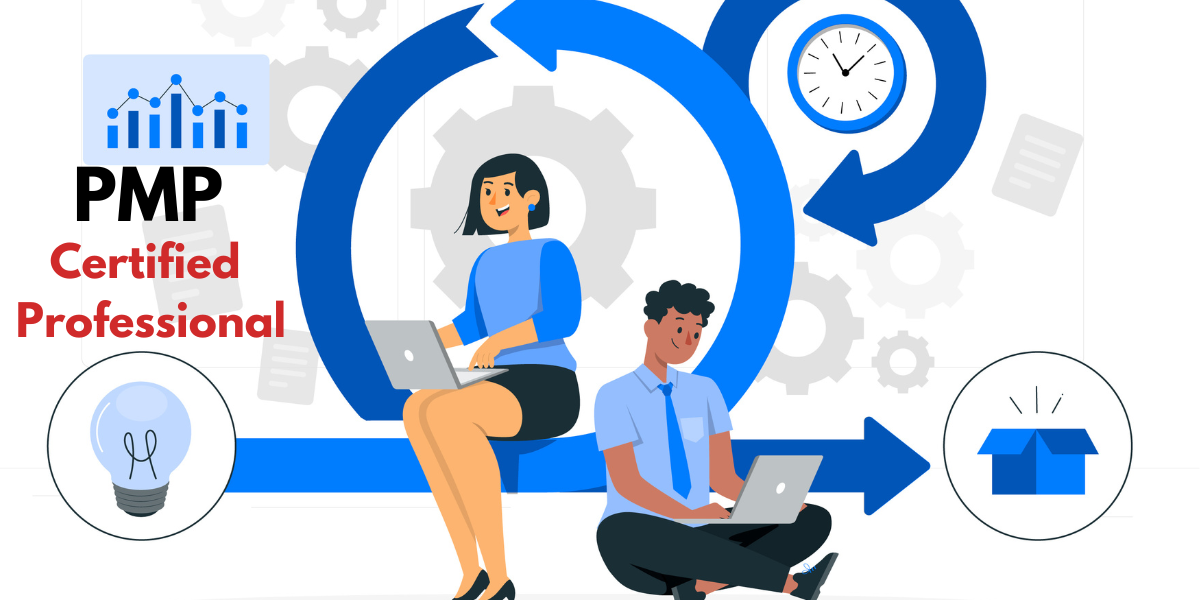
_1715671737_078967910384216bd6b3.jpg)







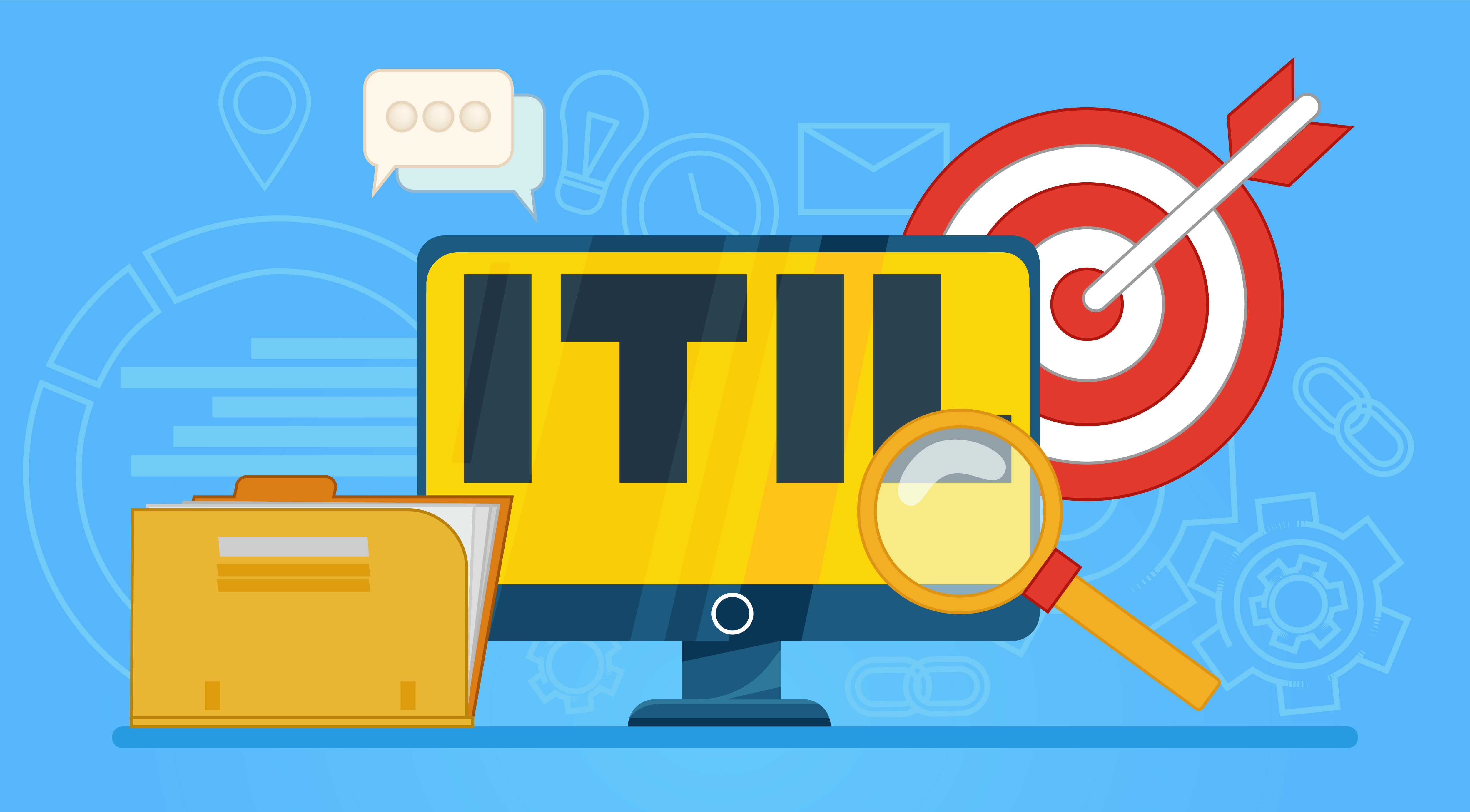

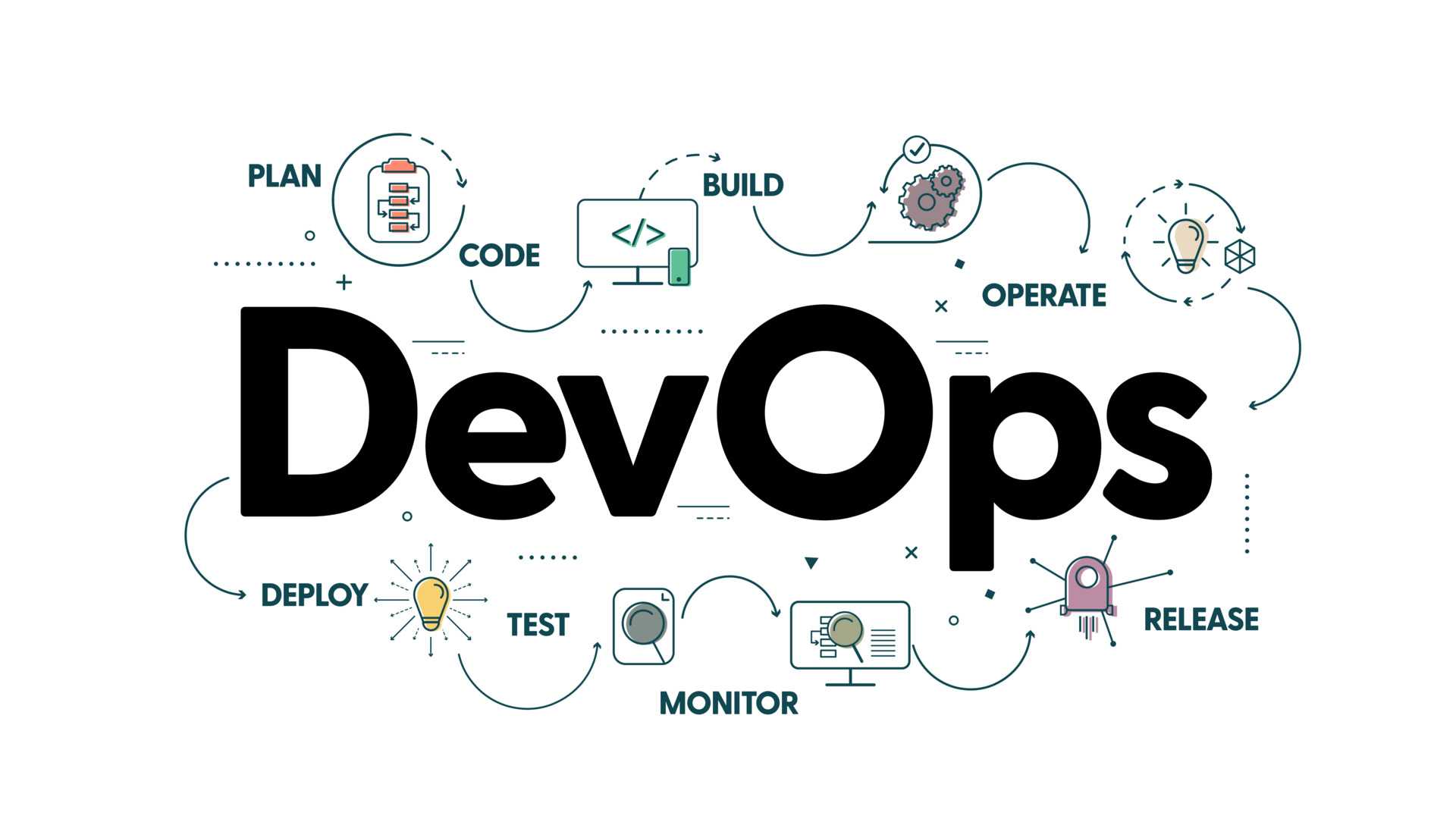


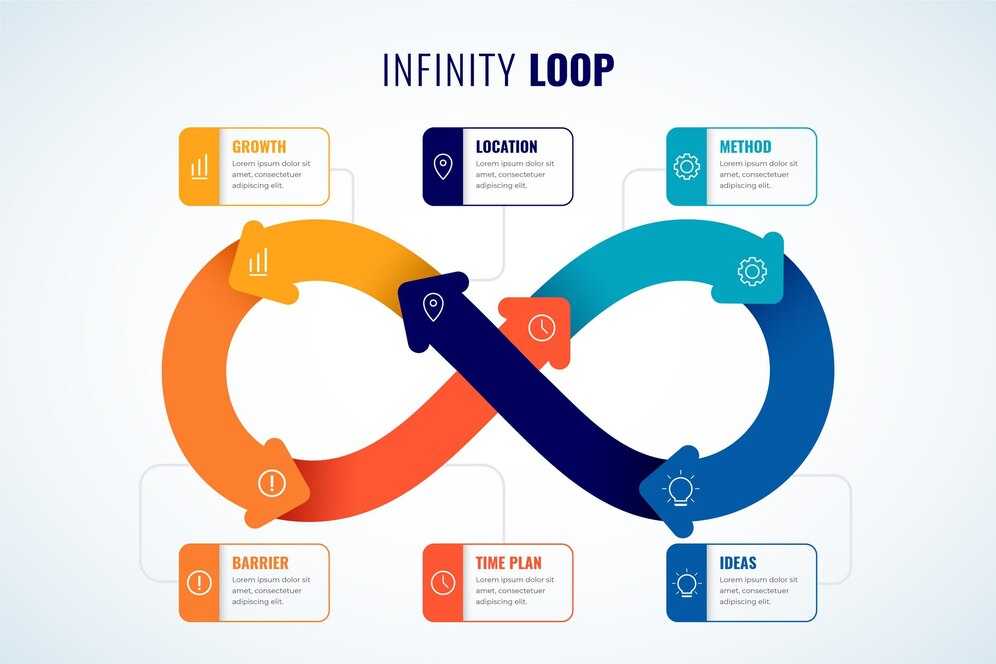
_1712044840_c07a78ec6a0a9aaf68f2.jpg)
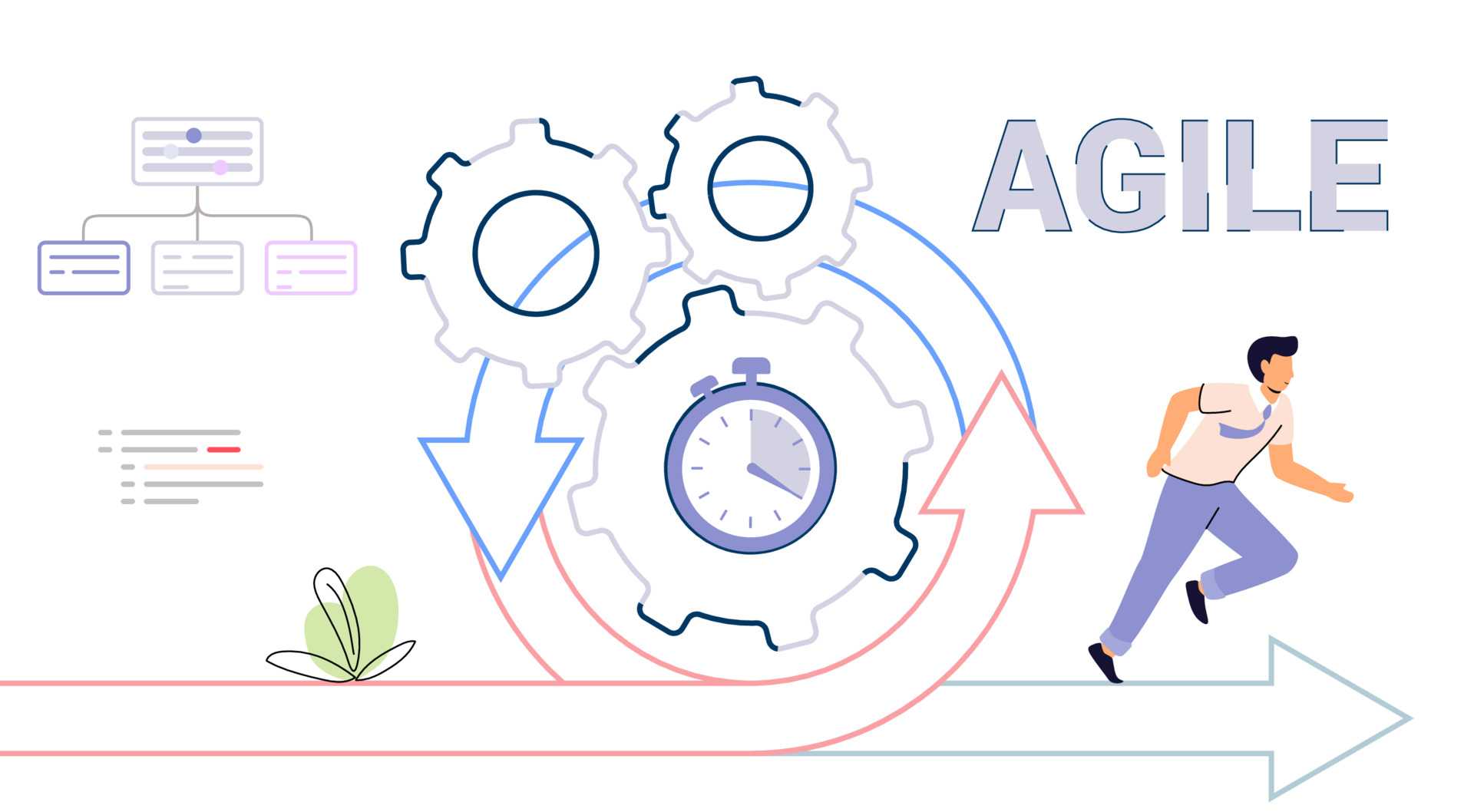

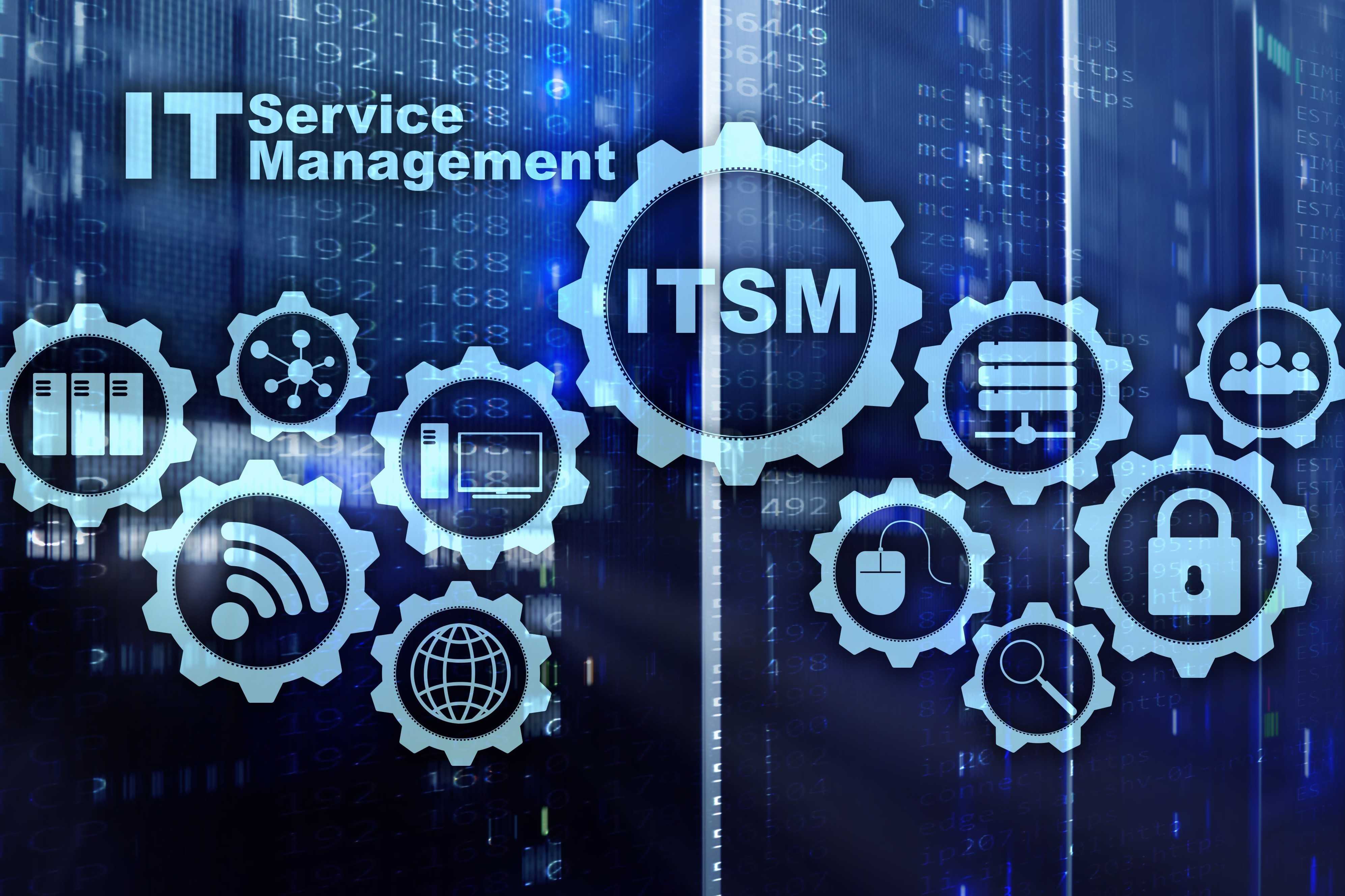

_1701798801_c3b578871fef398593a2.jpg)






Copyright © 2025. All rights reserved by Scholaracad
